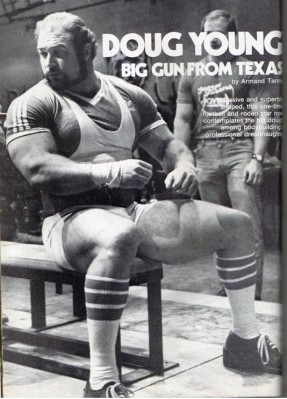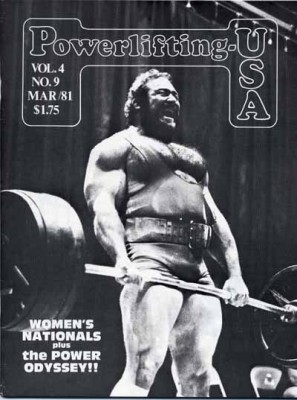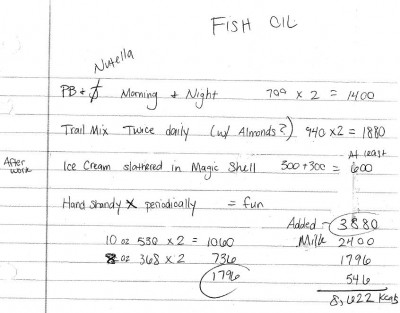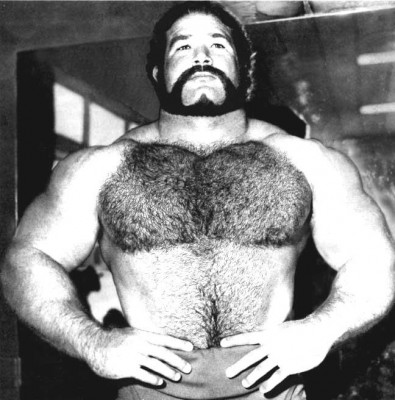“This guy will either die in the gym, or break himself.”
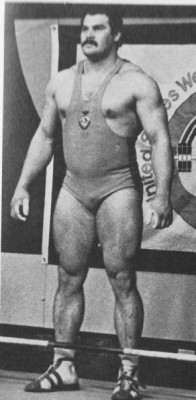
70’s Big
This week honors our second 70’s Big co-captain, Anatoly Pisarenko. To put it simply, Pisarenko is to Olympic lifting as Doug Young is to powerlifting. Unfortunately he lacks the fame of other successful weightlifters because he was unable to attend the 1980 and 1984 Olympics for different reasons. Despite this, his peers respected his work ethic — the above quote was from Vasiliy Alekseyev.
Olympics or not, Pisarenko was god awful strong. His career bests were a 206 kg snatch in 1983 (Moscow) and a 265 kg clean and jerk in 1984 (Varna) — this ties him for second overall for the highest clean and jerk (the world records say otherwise since old records were dropped with the restructuring of the weight classes). To put this in perspective for those not familiar with kilograms, he snatched 454.15 lbs and clean and jerked 584.22 pounds!
It’s quite clear why “The Pizz” is one of our favorite lifters; he’s strong, he’s big, and for god’s sake, he’s got a mustache.
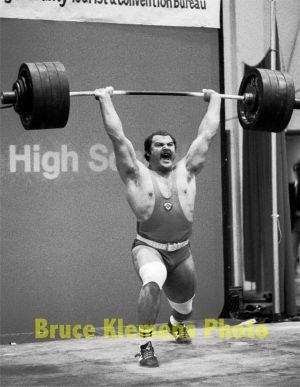
Pisarenko jerks 260 in Allentown, 1983
Here is part 5 of the 70’s Big Interview with Rippetoe:
70’s Big Presents: Mark Rippetoe Interview Pt.5 from 70s Big on Vimeo.

